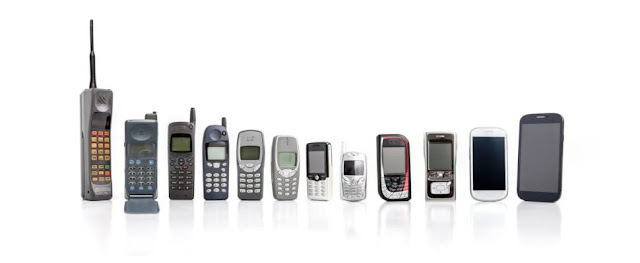In
the annals of human ingenuity and technological progress, the evolution of
business phone services stands as a monumental testament to the ceaseless march
of innovation. The trajectory of this evolution spans across time, traversing
the distance from the rudimentary landline telephony of yesteryears to the
vibrant and interconnected communication ecosystems that define today's
business landscape. This journey has been nothing short of a remarkable voyage,
one that has not only shaped the tools of communication but has also
fundamentally reshaped the very fabric of how organizations engage,
collaborate, and orchestrate the intricate symphony of commerce.
Business
phone services have undergone a remarkable transformation over the decades,
evolving from rudimentary landline telephony systems to sophisticated
communication platforms that redefine the way organizations connect,
collaborate, and conduct business. This evolution has been punctuated by
several distinct phases, each introducing innovative technologies and
capabilities that have reshaped the landscape of business communication.
1. Landline Era:
The
journey begins with the inception of landline telephony, a revolutionary
advancement that marked the transition from in-person communication to
voice-based long-distance interaction. This early phase saw the emergence of
manual switchboard systems, where operators physically connected calls by
plugging cables into various sockets. The telephone's simplicity and novelty
made it a symbol of progress, enabling individuals and businesses to
communicate across distances that were previously inconceivable.
2. Digital Transition:
The
shift to digital communication heralded a transformative era for business phone
services, marked by a cascade of improvements aimed at enhancing communication
efficiency, accessibility, and overall effectiveness.
Central
to this transformation were Digital Private Branch Exchange (PBX) systems,
emerging as pioneers of a new communication paradigm. Fueled by digital
technology, these systems introduced features that revitalized voice-based
interactions within organizations. Call forwarding enabled dynamic redirection
of calls to specific extensions or mobile phones, ensuring critical
communications were never ignored.
Voicemail,
a hallmark of this evolution, redefined communication in busy scenarios. It
allowed callers to leave messages asynchronously, increasing efficiency and
convenience. The introduction of caller ID was another pivotal advancement,
offering insights into incoming calls before answering. This insight
facilitated personalized and efficient interactions, elevating service quality.
This
digital transition reshaped business phone services from mere conversation
tools to dynamic instruments empowering organizations to navigate interactions
adeptly. The legacy of call forwarding, voicemail, and caller ID paved the way
for further innovations, setting the course for a continually evolving
communication landscape.

Comments
Post a Comment
any suggestion on my side